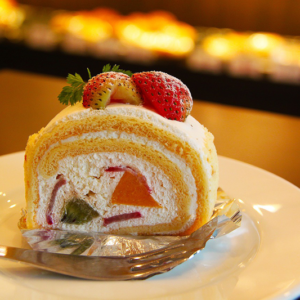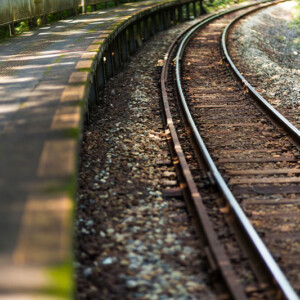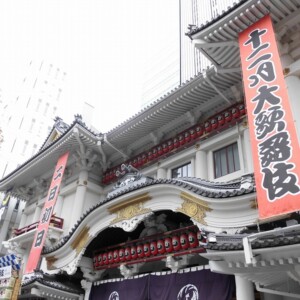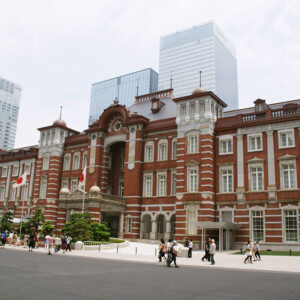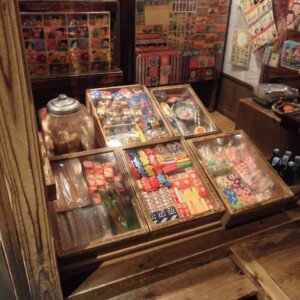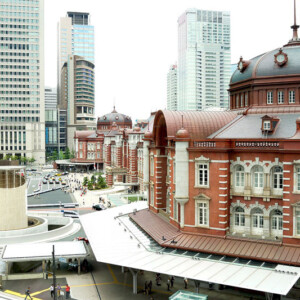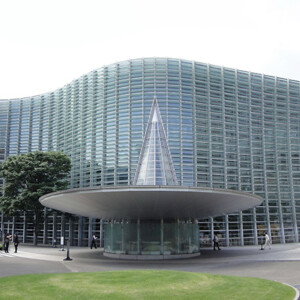
[Tokyo] The birthplace of Tamanokoshi? Yanagimori Shrine in front of Akihabara Station is beneficial for women!
table of contents
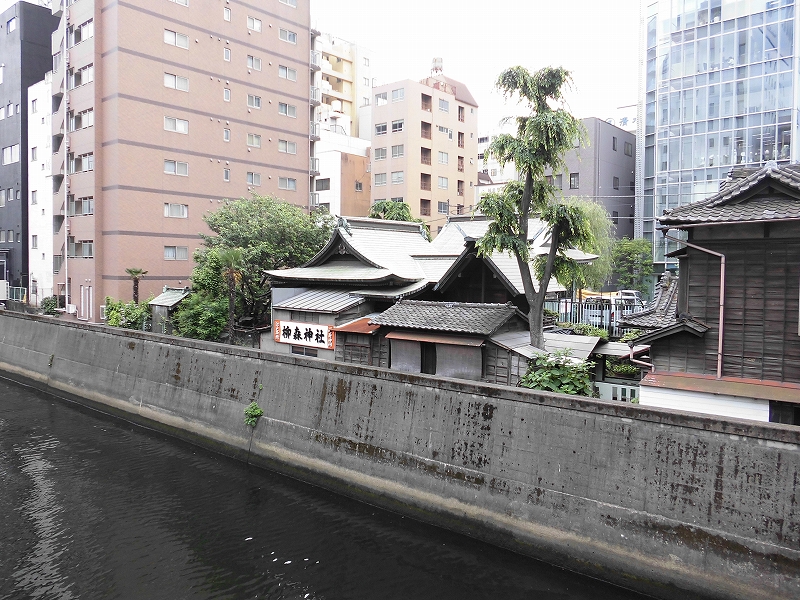
Yanagimori Shrine was founded by Dokan Ota during the Muromachi period.
JR Yamanote Line/Keihin Tohoku Line. Yanagimori Shrine is located along the Kanda River, a 3-minute walk from Akihabara Station on the Sobu Line, Tokyo Metro Hibiya Line, and Tsukuba Express. Although it is now a small shrine known only to locals, Yanagimori Shrine was founded as a shrine to protect Chiyoda Castle, which was built by Dokan Ota, the predecessor of Edo Castle, and was a very popular shrine among women during the Meiji period. is. We will introduce you to Yanagimori Shrine, a hidden famous temple of Edo.
3 minutes walk from Akihabara Station! History of Yanagimori Shrine

View of Kanda River from “Kanda Fureai Bridge”
This is the view looking towards Asakusabashi from the middle of Kanda Fureai Bridge over the Kanda River after leaving Akihabara Station. Akihabara station is on the left. Yanagimori Shrine is on the right. Yanagimori Shrine is on the left after crossing the bridge. Kanda Fureai Bridge is a bridge that only pedestrians can access. The source of the Kanda River is a pond in Inokashira Park in Kichijoji. There is an urban legend that when a couple goes on a boat, the Benten deity enshrined in the pond gets jealous and breaks up with them.The water from this pond merges with the Zenpukuji River and the Myoshoji River and connects to the flow of the Kanda River. Masu.
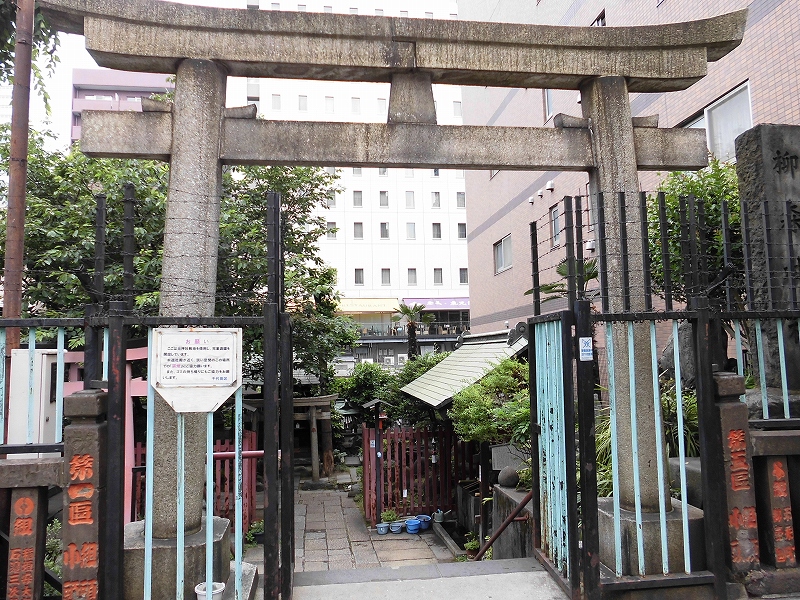
Front torii of Yanagimori Shrine
Yanagimori Shrine was originally built by Dokan Ota in the 2nd year of Choroku (1458) in the area of present-day Sakuma-cho to prevent the demons of Edo Castle. Willows were planted because they were believed to have the power to ward off evil spirits, and it was literally a shrine inside a willow forest. Then, in 1659, it moved to its current location. The willow forest was also transplanted to its current location. During the Edo period, it was protected by the Tokugawa Shogun family and flourished greatly. It was popular among locals during the Meiji and Taisho eras, but the main building was burnt down in the Great Kanto Earthquake in September 1923, and it was only rebuilt in 1930. In addition, due to damage from air raids during the Pacific War, repairs and construction of the Kagura Hall were completed in 1954, and then in 1984, the Kagura Hall was completely burnt down due to two arson attacks, and the shrine building was also partially burnt down. Restoration was completed in the spring of 198 (Showa 61) and it is still standing today.
A shrine where it is rumored that you can ride the Tamanokoshi
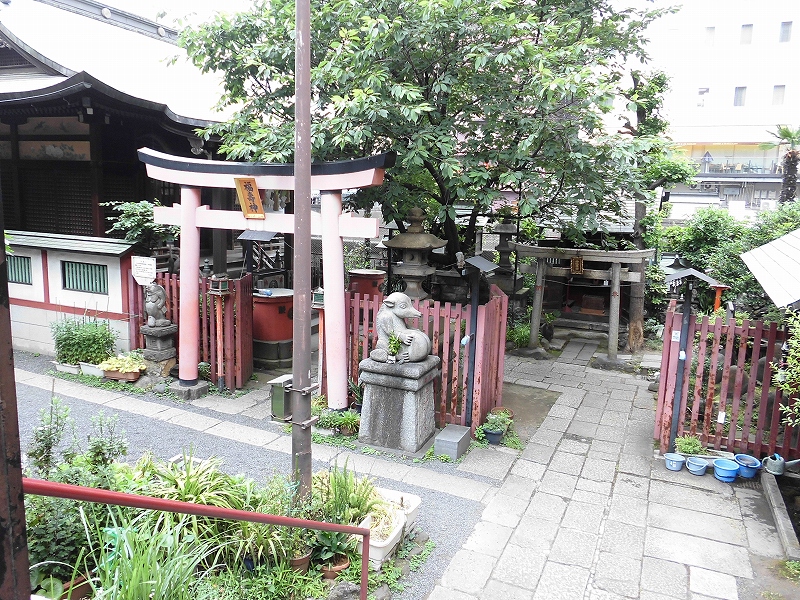
Yanagimori Shrine precincts through the torii gate
After passing through the torii gate, there are stairs. This is the current precincts of Yanagimori Shrine. Behind the large torii gate on the left is Fukujujin Shrine, which during the Meiji period was said to be a place where women who visited the shrine were said to be able to ride on the Tamanokoshi, which meant they would be blessed with a good match. Fukuju Shrine was originally built in the Ooku area of Edo Castle by Katsurashoin, the mother of the fifth Shogun Tokugawa Tsunayoshi, to thank God for her happy life.
This is because Keishoin was originally the daughter of a merchant from Horikawa, Kyoto, and her name was Otama. Otama's widowed mother became the second wife of a samurai family, and Otama became an adopted daughter of a samurai family, and while she was serving as an apprentice in the residence of a distantly related court noble, she was noticed by Tsune Kasuga, the wet nurse of the third shogun Iemitsu Tokugawa. She became Tomarie Hikaru's concubine. When Otama carried her to the Shogun's house, a red palanquin (a palanquin like an omikoshi) came to pick her up, and she rode into Edo Castle, hence the words Otama no Koshi, Tama no Koshi...Tamanokoshi. This is how it was born. After that, the child Otama gave birth to became the fifth shogun Tsunayoshi, and the town girl Otama rose to become the shogun's mother, and the women of O-oku truly aspired to be like that, and went to Keishoin. They would all come together to pray at the Fukujujin Shrine, where they had faith.
Eventually, when the Tokugawa shogunate disappeared, O-oku also disappeared, and Fukuju Shrine was moved from O-oku, and in 1869 (Meiji 2), it was enshrined at Yanagimori Shrine. Then, the story of Keishoin's career that had been passed down in Ooku spread to the general public, and Fukuju Shrine at Yanagimori Shrine became a popular shrine among women.
Why a raccoon dog instead of a guardian dog?

The raccoon dog on the right side of the torii gate of Fukuju Shrine
There are stone statues of tanuki on both sides of the torii gate. Usually shrines use guardian dogs, and Inari shrines use foxes, but why do they use tanuki?There is a reason for this. Tanuki has the meaning of ``outperforming others''. It's a big deal just for Otama, a mere town girl, to become the shogun's concubine, but in order to become the shogun's biological mother, she must compete with other concubines and have a lot of luck. She says that Otama became the shogun's birth mother ``uniquely'', which is why there is a raccoon dog here.

The raccoon dog on the left side of the torii gate of Fukuju Shrine
This is the tanuki on the left side of the torii gate. During the Meiji period, tanuki-shaped amulets at Yanagimori Shrine were popular not only among women but also among men. It was said that it was said to have the benefit of winning in competitions and getting promoted because it allowed you to outperform others.
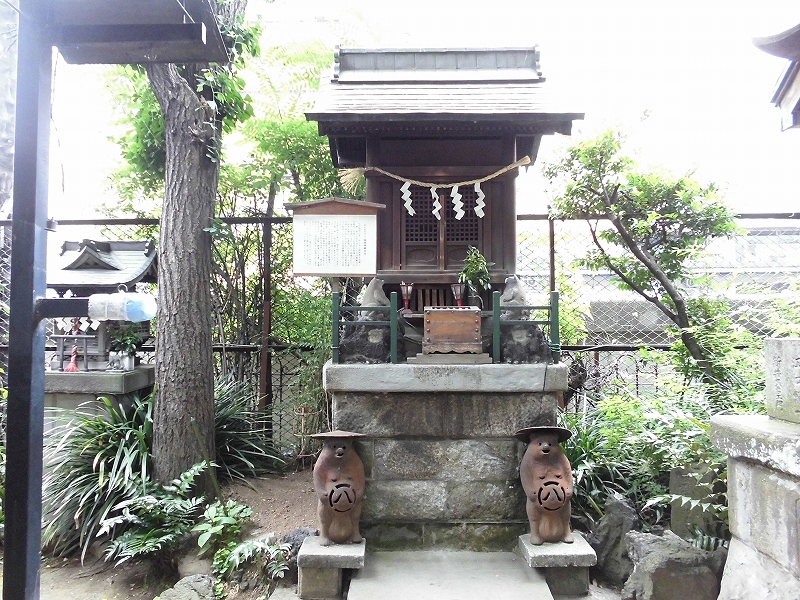
Fukuju Shrine
This is Fukuju Shrine.
The raccoon dog under the shrine is made of iron. Fukuju Shrine, which has remained since the Edo period, has continued to fulfill the wishes of the women of Ooku, and is still located at Yanagimori Shrine as a famous Edo shrine known only to those in the know from the Meiji, Taisho, Showa, and Heisei eras. The Fukuju Shrine at Yanagimori Shrine, built by Dokan Ota during the Muromachi period, is visited by fewer people these days, but it is actually a hidden power spot popular among women that continues from the O-oku of Edo Castle. It's located right next to Akihabara Station, so be sure to take a walk around. I'm sure you'll enjoy it.
INFORMATION
| name | Yanagimori Shrine |
| address | 2-25-1 Kandasudacho, Chiyoda-ku, Tokyo 101-0041 |
| telephone number | 03-3251-6422 |
| URL | http://www.tokyo-jinjacho.or.jp/chiyoda/5543 |
| GOOGLE MAP |


